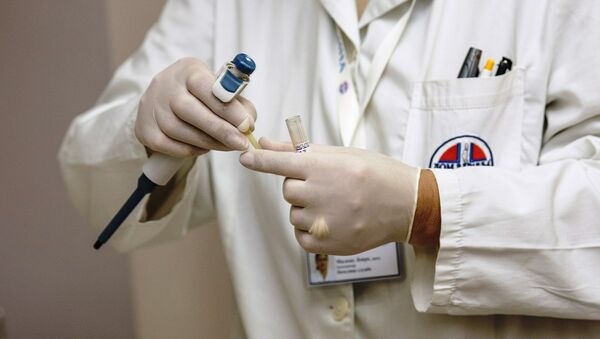Schuchat told STAT News this week that the fungus represents a “catastrophic threat” to the public and is one of the “scariest threats” currently facing the nation.
The fungus was first documented in Japan eight years ago, but has since been reported in a dozen countries and on four continents.
“It appears that C. auris arrived in the United States only in the past few years,” Tom Chiller of the CDC’s Mycotic Diseases Branch said last year. “We’re working hard with partners to better understand this fungus and how it spreads.” So far, research on c. auris suggests it can spread easily in healthcare settings.
“We need to act now to better understand, contain and stop the spread of this drug-resistant fungus,” CDC Director Thomas Frieden said in a statement in November. “This is an emerging threat, and we need to protect vulnerable patients and others.”
The organization is warning clinics and hospitals to keep an eye out for possible candida auris fungal infections, as consequences of contact are dire and it is often misidentified as a common candida yeast infection.
“Eradication of Candida auris from hospitals is very difficult and in some cases has led to closing hospital wards,” Mahmoud Ghannoum, director of the Center for Medical Mycology at Case Western Reserve University School of Medicine, wrote in a report.




